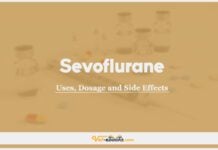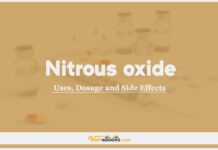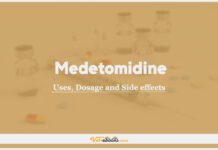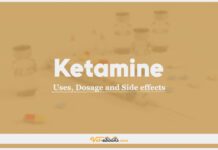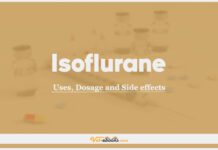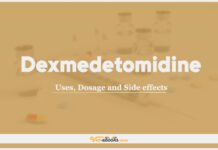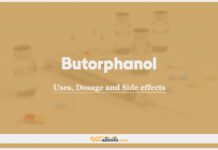Halothane in Dogs and Cats: Uses, Dosage and Side Effects
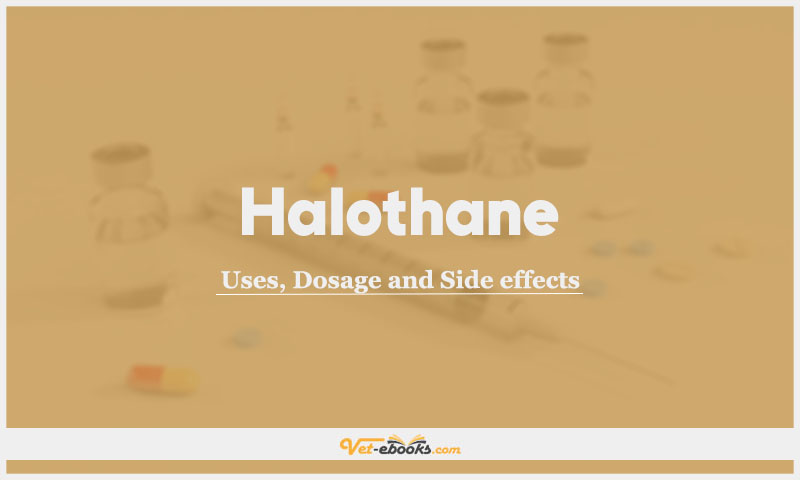
Overview
- The mechanism of action of volatile anaesthetic agents is not fully clarified.
Uses of Halothane
- Induction and maintenance of anaesthesia.
Dose of Halothane in Dogs and Cats
Dogs, Cats:
- The expired concentration required to maintain surgical anaesthesia in 50% of recipients is 0.8–1.0% in animals (minimum alveolar concentration).
- Administration of other anaesthetic agents and opioid analgesics reduces the dose requirement of halothane, therefore, the dose should be adjusted according to individual
requirement. - Halothane at 3–4% concentration is required to induce anaesthesia in unpremedicated patients.
Drug Dosage Calculator
You Should Give:
Side Effects of Halothane in Dogs and Cats
- Dose-dependent hypotension is caused by a decrease in heart rate and myocardial contractility, albeit these side effects fade over time.
- Lowers blood flow to the liver.
- In the presence of other arrhythmogenic variables, such as catecholamines, hypoxia, and hypercarbia, halothane enhances the formation of ventricular arrhythmias.
- Halothane passes through the placental barrier and affects babies delivered through caesarean section.
- Up to 25% of halothane breathed is oxidatively metabolised by hepatic cytochrome.
Contraindications of Halothane in Dogs and Cats
- Do not use in patients with liver disease
Some Notes:
- Sedatives, opioid agonists and N2O reduce the concentration of halothane required to achieve surgical anaesthesia.
- Because halothane is extremely potent and highly volatile, it should only be given using a properly calibrated vaporizer.
- Because it is more soluble in blood than isoflurane and sevoflurane, it causes slower induction and recovery from anaesthesia than the other drugs.
- The halothane concentration required to maintain anaesthesia is determined by the other medications used in the anaesthesia protocol; the concentration should be changed based on clinical assessment of anaesthetic depth.
- In most species, MAC is around 0.9%.
Tip
Do You Want To Increase Your Veterinary Knowledge and Practical Skills?
You Can Now Browse and Download +3000 Books For Veterinary Professionals & Students Online.
Download Veterinary Books




